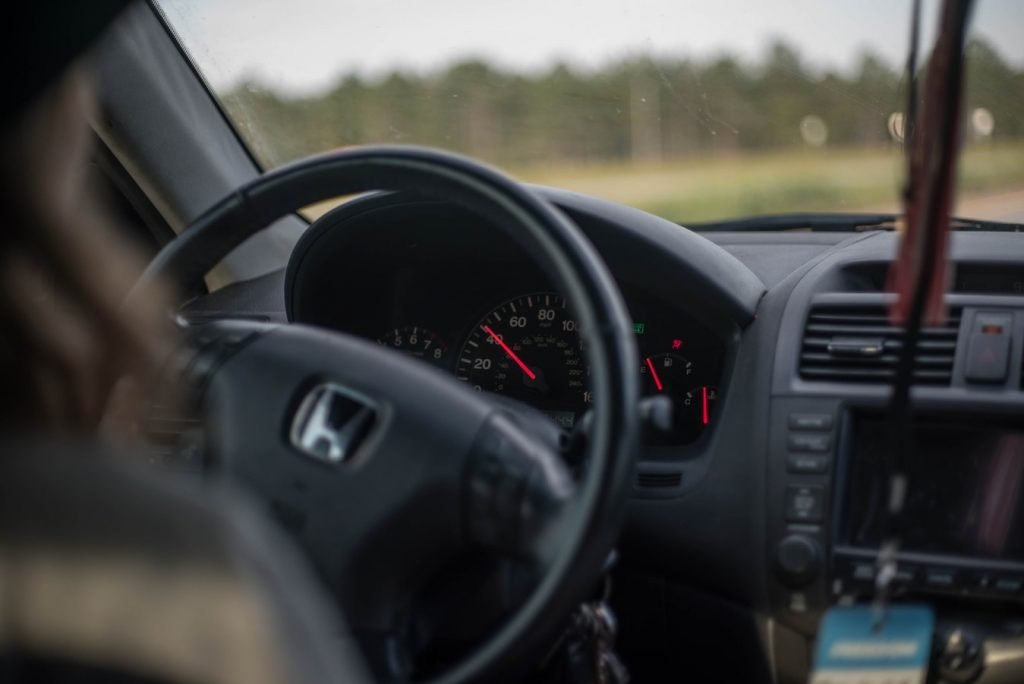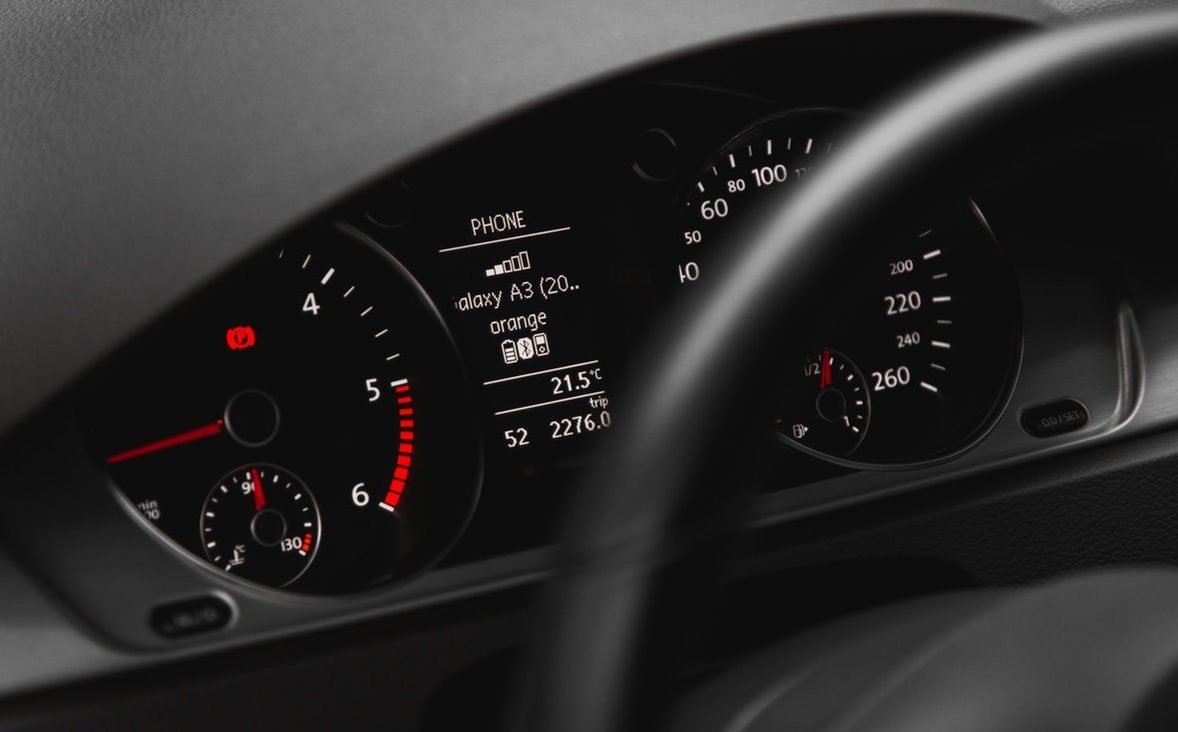Limp mode is the term given to cars that have reduced performance due a transmission or engine fault. Although it can be highly frustrating, it does serve the purpose of protecting your engine or transmission from further damage.
It protects the transmission by reducing the power output to reduce the strain but also limits the RPM to protect moving components within the engine. Without limp mode, you could be causing further damage to other components, which will result in a larger repair cost. It is often referred to as “limp home mode” and it is designed to help you get the car home or to a mechanic without causing additional damage.
Some of the signs that you car is currently in limp mode include:
- Unable to rev past 2,500 – 3,000 RPM
- No boost from the turbo
- Engine management light illuminated
- Slow or delayed gear changes (automatic transmission)
There may also be a wide variety of other unusual signs but the lack of performance is usually fairly obvious when in limp mode.
Why is my Car in Limp Mode?
The majority of cars from the late 1990’s will have some form of limp mode, which is triggered by a transmission or engine fault. If your headlight bulb or windscreen wiper stopped working, this would not trigger limp mode.
Diagnosing why your car has gone into limp home mode can be fairly difficult without a car diagnostic tool. However, your car may behave differently, which may give you some sort of idea to the problem. Some of these symptoms include:
- Check engine light has illuminated on the speedometer
- Transmission is slipping or there are hard gear changes
- Temperature is reading cold after a long journey or extremely high
- Electrical malfunctions causing incorrect signals to be sent
- White, blue or black smoke coming from the exhaust
- Increased turbo noises or other odd noises
The above are the most common causes of limp mode but they may vary between different vehicles. If you do not have access to a diagnostic tool, we recommend that you check your motor oil level, any leaks under the engine, transmission fluid color and the level. If these all seem normal, you can try and bypass limp mode as shown below or visit a mechanic to diagnose the problem.

How to Bypass Limp Mode
Using a diagnostic tool to clear codes would be the best and easiest method to bypass limp mode. However, you may not have access to one or be in the middle of a long road trip. Below are some method you can safely attempt to bypass limp mode.
- Clearing error codes with a diagnostic tool.
- Turn ignition on and off.
- Disconnecting the battery for a few minutes.
- Allow the car to completely cool down.
- Stopping the car and turning steering wheel left to right (full lock).
Some car manufacturers have numerous methods of resetting modules or sensors as shown above. If you are experiencing limp mode as you are driving, it’s recommended to pullover and perform visual checks. You will want to ensure that there are no obvious leaks, loose connection under the bonnet and any odd noises.
Conclusion
Although limp mode can be highly frustrating, it does serve a purpose and could potential prevent further damage. It is a clear message that your car is broken and should be fixed before normal performance resumes.
You may be lucky and be able to bypass limp mode with one of the suggestions above. However, if this was not successful, you really should be looking into getting the issue fixed. Although you may be able to drive hundreds of miles in limp mode, it is not advised. At any moment your car may decide enough is enough and completely breakdown as you embark on a road trip. We advise that you drive your car in limp mode as a temporary measure to help you travel to a mechanic or back home.

